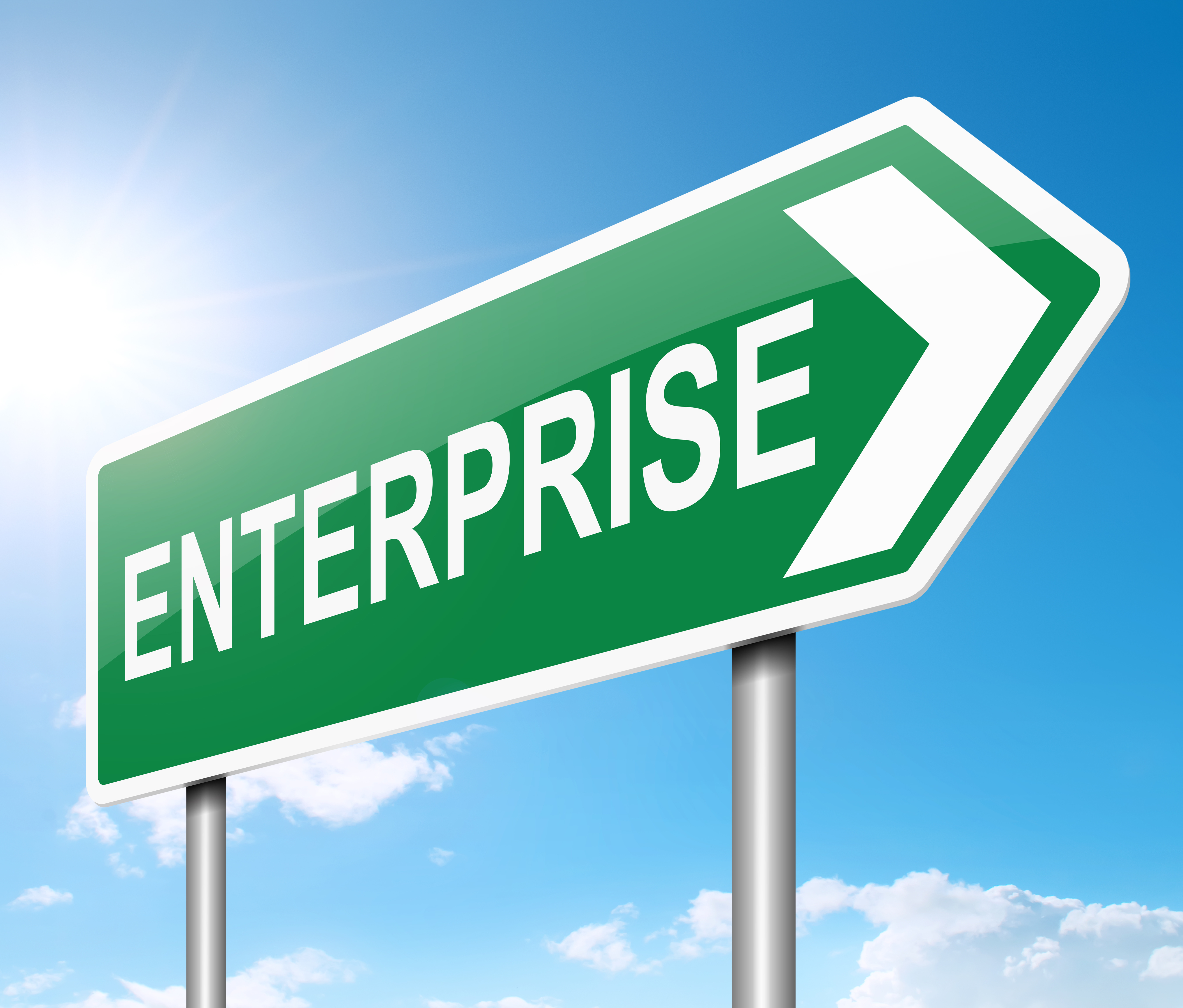 NEWS
NEWS
 NEWS
NEWS
 NEWS
NEWS
As cloud computing continues to dominate the scene in 2015, more and more enterprises are having to wrestle through cloud implementation. While IBM continued to invest and dominate with its cloud services, Amazon Web Services (AWS) linked up with Accenture PLC to help customers move to the Amazon cloud. In fact, according to RightScale, Inc.’s 2015 State of the Cloud Survey, 82 percent of enterprises have a hybrid cloud strategy, up from 74 percent in 2014.
So what does this mean for enterprises in 2016? We asked the experts to share their thoughts on the growth of enterprise cloud implementation and the trends we should expect to see in 2016.
Dave Wright, founder and CEO of SolidFire, Inc.
Big IT vendors can deny it all they want, but adoption of public cloud services in lieu of on-premise IT is growing at an exponential rate. SolidFire sells just over half of our storage systems to public cloud providers like CenturyLink, Sungard, 1&1, and Colt — we see firsthand the amazing growth going on in cloud infrastructure, further validated by the tremendous numbers being reported by Amazon Web Services.
Millions of workloads and exabytes of storage are migrating to the public cloud every year — and the vast majority of those workloads will never go back. By 2016, Ovum reports that 80% of global enterprises will be using IaaS. How will Enterprise IT vendors react? We’ve seen several buy public clouds (IBM/SoftLayer and EMC/Virtustream), while others have shut down their public cloud efforts (HP and Dell). Any large IT vendor that doesn’t derive a meaningful amount of its revenue from the public cloud in 2016 is going to simply be running after a bus that left the station a long time ago.
Gina Minks, product marketing manager at Spanning Cloud Apps, LLC, newly acquired by EMC
Enterprises are understandably wary of promises made by the large SaaS providers, after all, it was Microsoft who gave us the “to the cloud” battlecry. For enterprises who have an investment in a particular productivity suite (hardware, software, processes, business requirements, training, etc.), it’s not as easy as the SaaS providers would like to make it seem to transition to a SaaS version of that suite.
The SaaS vendor that can figure out how to take the roadblocks out of the way for big enterprises so they can migrate seamlessly to a SaaS will take home all the marbles.
Tony Bishop, VP of global enterprise vertical strategy and marketing at Equinix, Inc.
Multi-cloud strategies will be a huge part of the enterprise push in 2016 toward improving production workloads, achieving business agility, accelerating application performance and controlling costs. According to the recent Forrester study, The Total Economic Impact of Equinix Interconnection Solutions, enterprises realized major cost reductions with multi-cloud interconnection strategies that enabled them to deploy and scale applications with lower-cost cloud service providers, compared to running those applications internally.
Peering locally with cloud providers through secure, direct interconnections that access and integrate multiple clouds enables organizations to provision cloud services quickly and provide an improved end-user experience. We believe enterprise adoption of multi-cloud interconnectivity will continue to increase, as organizations realize bypassing the public Internet and directly and securely connecting to cloud providers eases corporate concerns.
Karl Triebes, CTO and EVP of product development at F5 Networks, Inc.
As enterprises move more and more of their data to the cloud, many of them are still backing up to their own data center. Redundancy is their insurance policy, and in the event a cloud provider goes down, business is expected to run as usual. With data breaches and cyberattacks on the rise, enterprises are on edge and the cloud is a top security concern.
Major cloud service providers haven’t been hacked … yet … but enterprises need to be prepared. That’s why 2016 will be the year of cloud disaster recovery planning.
Support our open free content by sharing and engaging with our content and community.
Where Technology Leaders Connect, Share Intelligence & Create Opportunities
SiliconANGLE Media is a recognized leader in digital media innovation serving innovative audiences and brands, bringing together cutting-edge technology, influential content, strategic insights and real-time audience engagement. As the parent company of SiliconANGLE, theCUBE Network, theCUBE Research, CUBE365, theCUBE AI and theCUBE SuperStudios — such as those established in Silicon Valley and the New York Stock Exchange (NYSE) — SiliconANGLE Media operates at the intersection of media, technology, and AI. .
Founded by tech visionaries John Furrier and Dave Vellante, SiliconANGLE Media has built a powerful ecosystem of industry-leading digital media brands, with a reach of 15+ million elite tech professionals. The company’s new, proprietary theCUBE AI Video cloud is breaking ground in audience interaction, leveraging theCUBEai.com neural network to help technology companies make data-driven decisions and stay at the forefront of industry conversations.